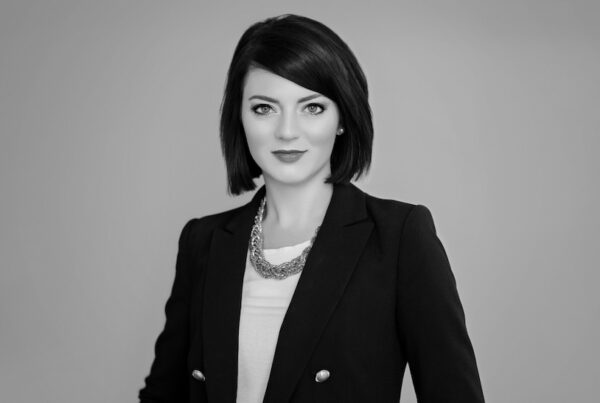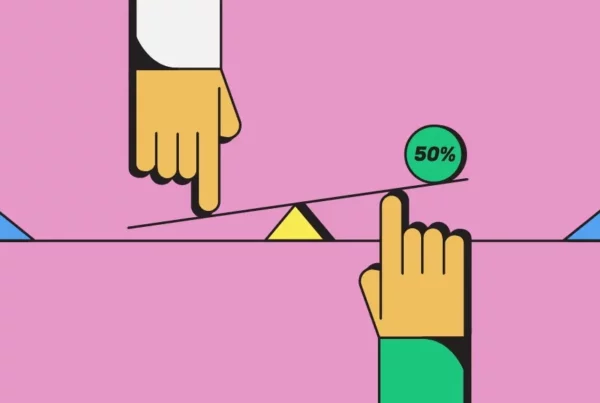News >

Power Essays 2020: Complex structures require simple solutions, by OMD’s Terry Mo
We work in a complex agency landscape, increasingly populated by boutiques with a narrow focus and the promise of deep specialisation. In theory, a blended model of generalist and specialist agencies should have all bases covered in addressing the ever-increasing range of client needs, driven chiefly by the complex digital and tech space. In reality, devising, matching and managing the right models has become an at-times overwhelming challenge for our industry and, in the search for efficiencies, has become a deeply inefficient beast with implications on us and our clients.
We see agencies tangling themselves in a world obsessed with matching the right structure to the needs of today’s shape, be it matrix, circular or triangular. Clearly, the answer is not black and white and the nature of our industry means that a best-practice standard is unlikely ever to be devised. If our landscape is complex then we owe it to ourselves and our clients to find workable solutions. While we know our promise of deep specialisation has its allure, the real power comes in cross-functional collaboration, integration and a true understanding of the client’s problem.
This is a natural reaction to the increasing complexity of the landscape and tech ecosystem; after all, managing a customer-relationship-management (CRM) and customer-data platform (CDP) is a vastly different skill set to understanding search algorithms or social listening. In this environment, deep specialisation no doubt has its allure, but there is a hidden cost – the power of cross-functional collaboration, integration, and a true understanding of the client’s problem. Instead, our response to the complex landscape needs to be a similarly complex solution, but one contained within a single, accountable, future-focused agency partner.
As we enter a new decade, more businesses are making this shift. At a macro level, we see better integration and collaboration between creative and media as a must-have. At a micro level, niche specialisations are disappearing – pureplay search- engine-optimisation (SEO), retargeting and similar agencies are needing to take a wider view or become obsolete. We are collectively beginning to recognise – or recognise again – the power of an integrated approach, with all the moving pieces in advertising under one roof and working towards a single goal. After all, before the unbundling of the 1980s, this was the approach that worked.
Take the rise of the digital agency. The value proposition 20 years ago was simple – digital is the future, so split out your investment and put it in the hands of an agency that lives and breathes this new reality. As digital normalised and digital buying became just another aspect of media buying, we saw this value proposition pivot – performance agencies or growth agencies became the new kid in town. The message shouted from the rooftops was that if you need a better return on advertising spend, or cost per lead, or cost per acquisition, then hire a specialist. It’s a simple, attractive message that hides a concerning subtext – they will maximise your performance investment, with no accountability for long-term brand building. This is exactly the thinking that Field and Binet warned against in The Long and the Short of It. It’s what Mark Ritson has rallied against in his keynotes on ‘Bothism’. It’s the driver behind Simon Peel’s transformation of Adidas. Yet the implications go beyond the simple either/or, or long-term vs short-term. When we normalise specialisation and give each agency its own remit and KPIs, we no longer have a single agency partner that is accountable for holistic, sustainable business growth.
The most obvious frontline example of this sits with search and the myth of paid search cannibalisation – that is, the idea if you are ranking with organic search then you don’t need to pay for paid search on the same keyword. It’s a claim that typically originates in SEO communities, but now and again takes root with otherwise capable marketers. Where did the myth come from? The optimist in me says that it comes from SEO professionals taking the very real concept of keyword cannibalisation (penalties for targeting the same keyword from multiple sources) and then mistakenly applying it to paid search. The pessimist says that without the paid search agency, SEO ROI goes through the roof, justifying an expanded retainer. The concept itself is flawed, but invisible without collaborative analysis between SEO and SEM. Evidence from OMD internal studies show us that the best business performance actually comes with a unified search strategy – increasing visibility through both paid and organic together.
As another example, we can look at social media. There is absolutely no denying the value of a solid content strategy, and many readers undoubtedly have this in place. We have never-ending conversations about building social media followings and driving social engagement. At the same time, algorithm changes have eroded organic reach to less than 1 per cent – so to maximise your content dollar, you should also be supplementing with paid reach. This is where the lid to Pandora’s box starts to creep open. Who defines the audience – the creative agency charged with content, or the performance agency tasked with optimisation? Who decides on budget allocation – the agency tasked with content, or the agency optimising in real-time? If performance falls apart, where do we need to focus our efforts – content or optimisation?
Truthfully, these questions should be irrelevant. The real question is: “How do we impact business performance?”
In a world where multiple agencies are working independently, it is very difficult to catch sight of the big picture. This is partly a specialisation issue – as in the search example, where a specialist cannot make a judgment call on something which falls outside of his or her niche. It can be an issue of ownership – like the social example; when specialisations overlap, which party takes precedence? What does the other party do when they need to act with one hand tied behind their back? Most importantly, it is an issue of accountability – if each agency is only accountable for their piece of the puzzle, then who is advising on the big picture? Clients need a media agency offering both generalised and specialised insight that spreads the breadth and depth of the landscape. Someone who can handle, juggle, and seamlessly collaborate across disciplines to maximise their brand equity. Someone capable of delivering a media solution that is not just responsible for a small piece of the puzzle, but boldly accountable for the complex whole.
This article first appeared on Campaign Middle East.


